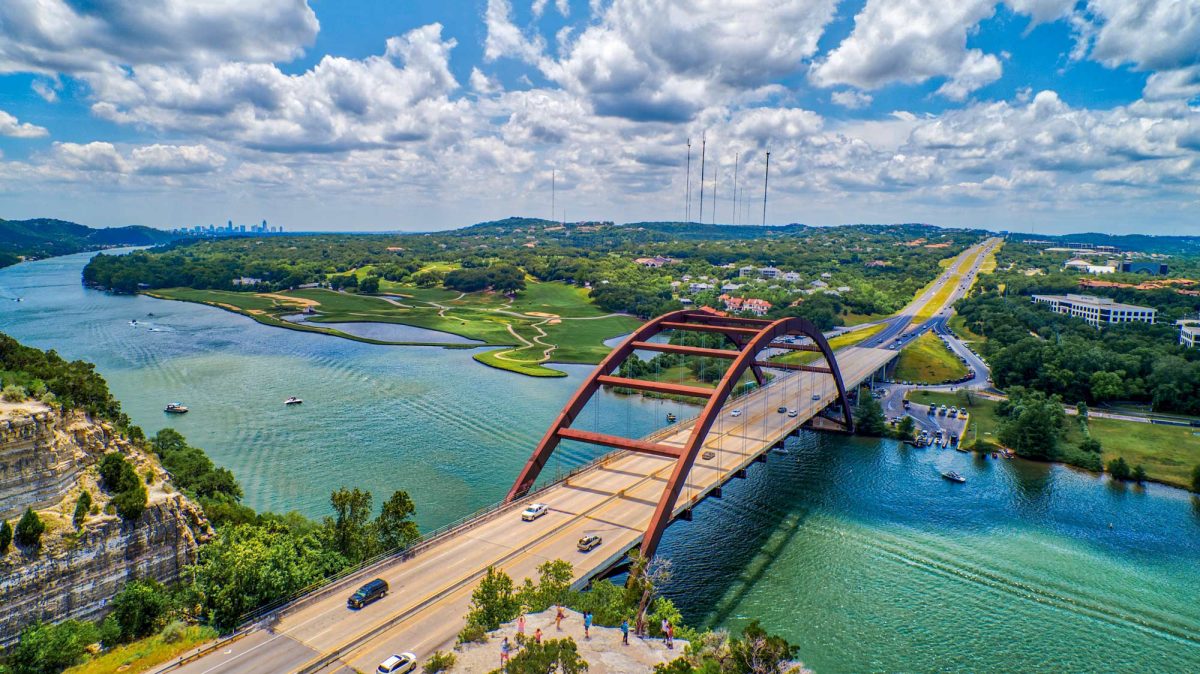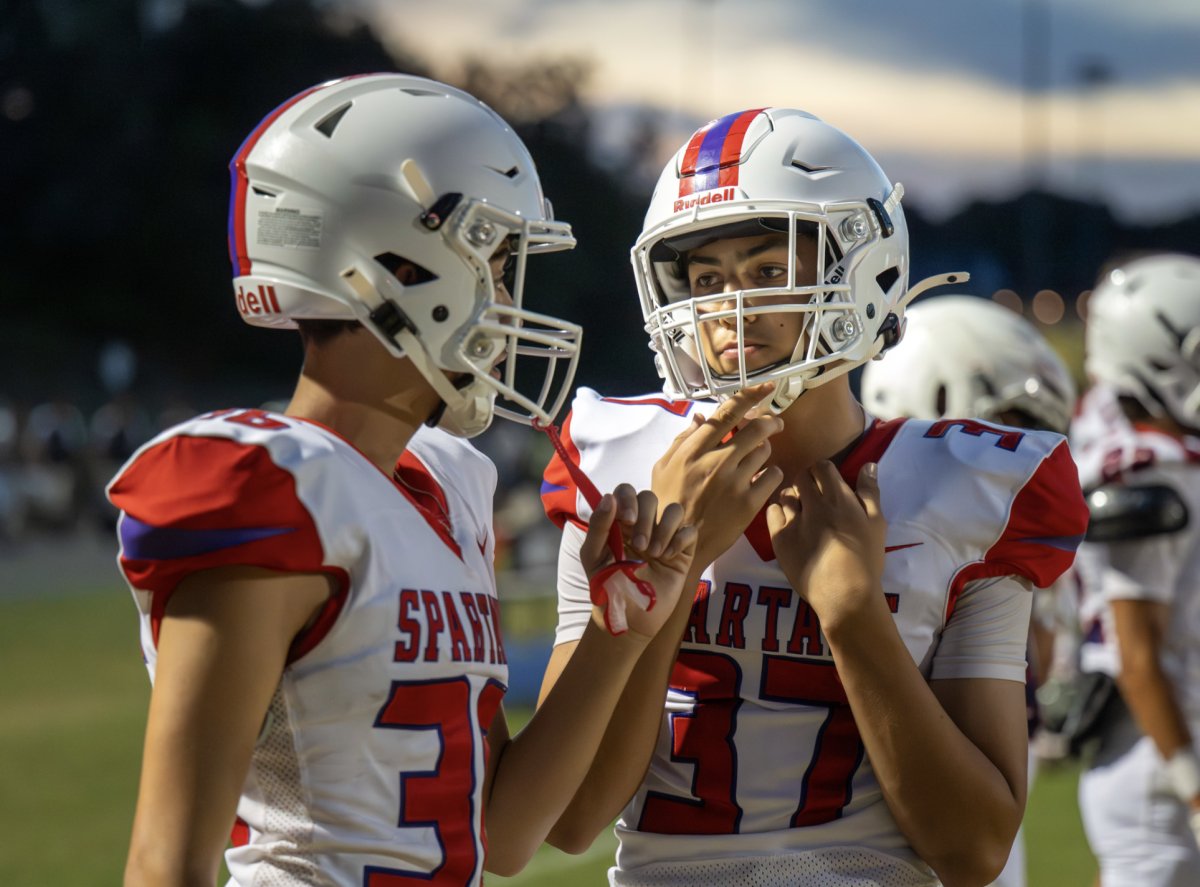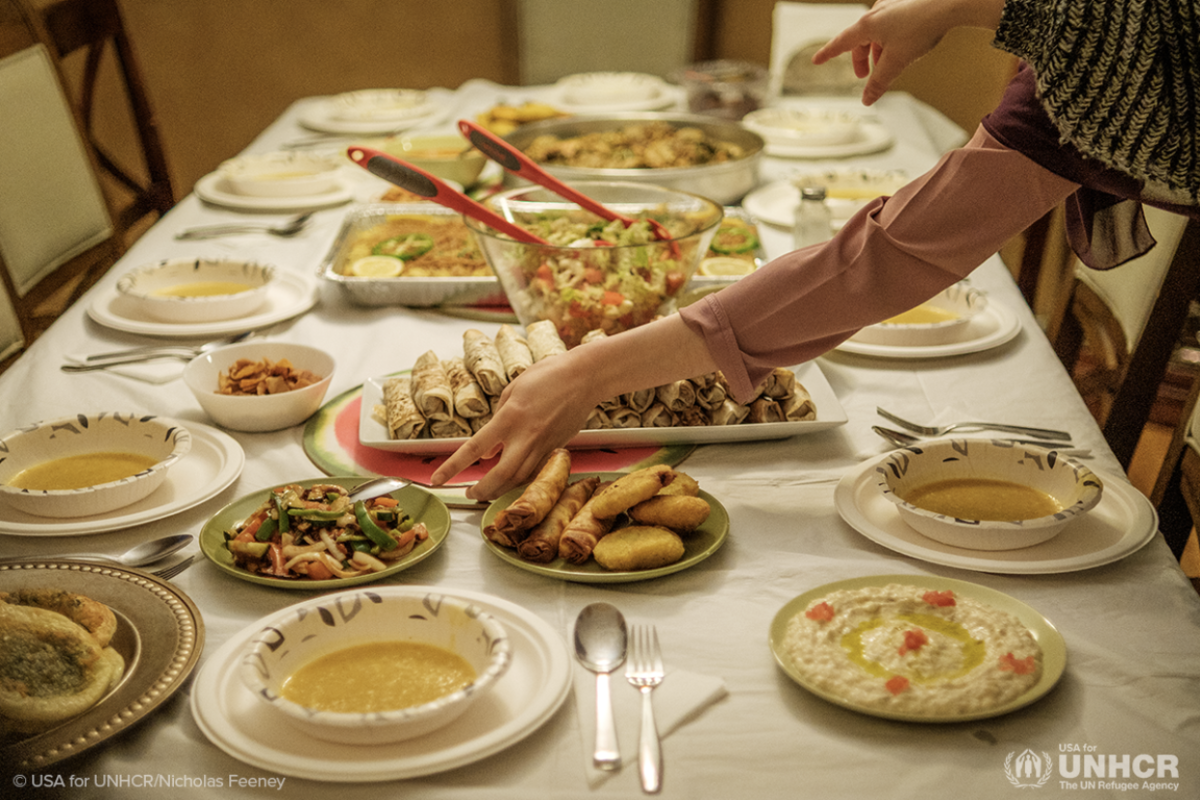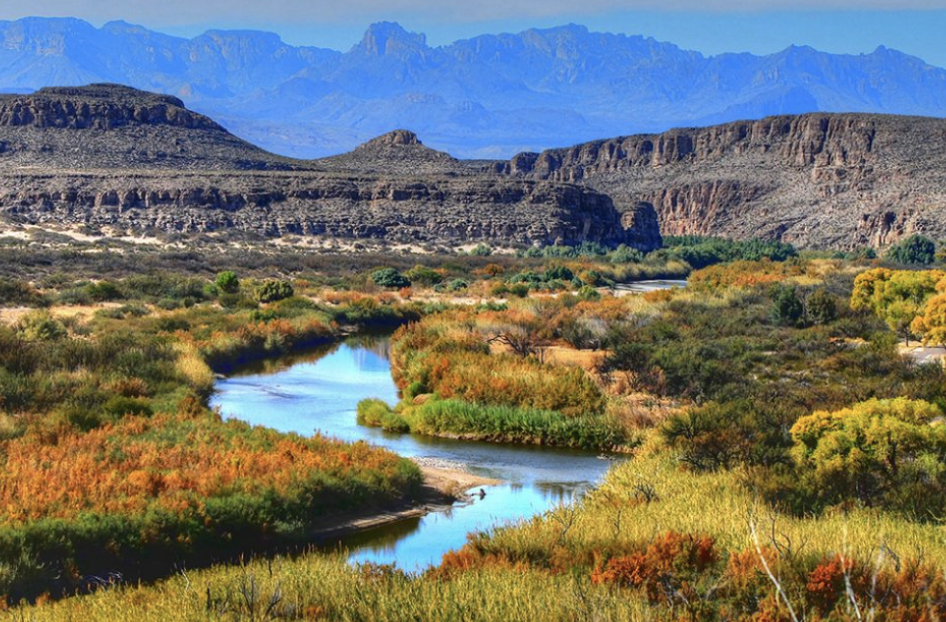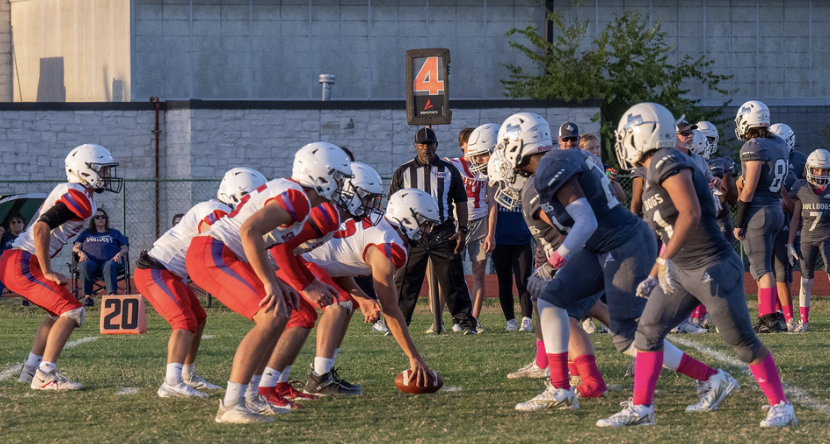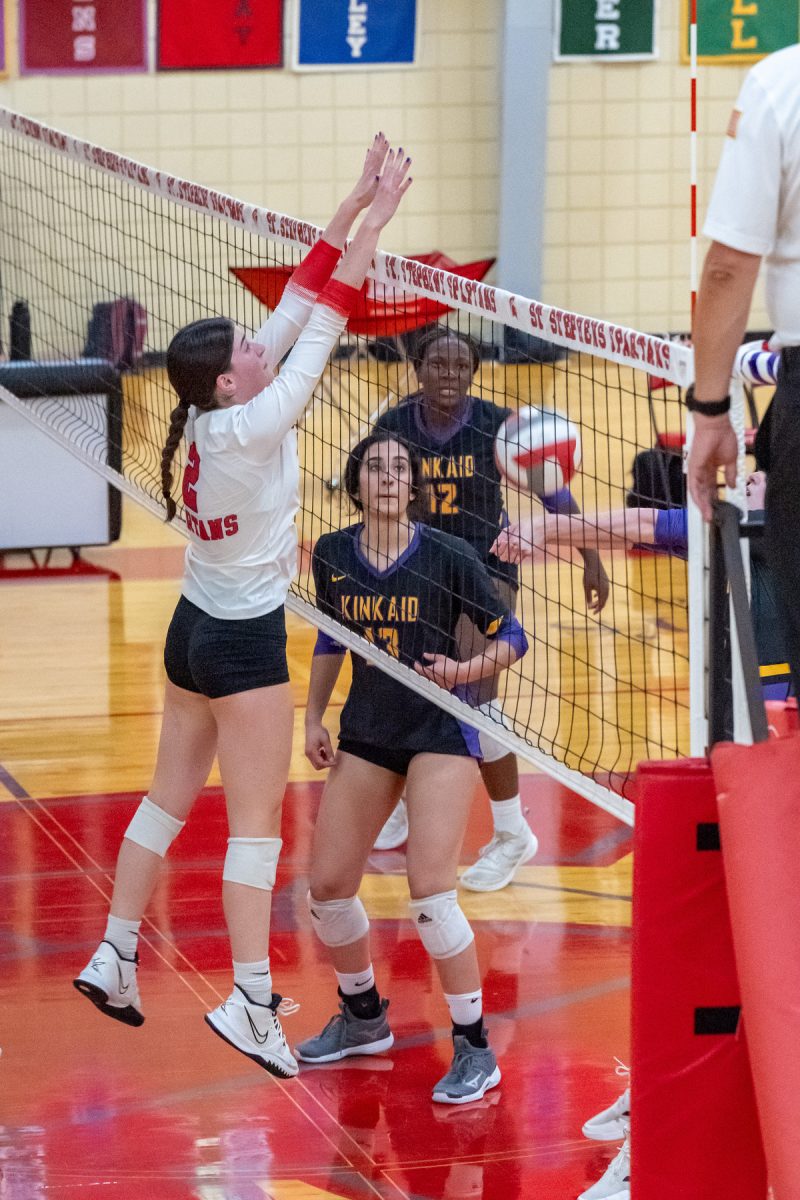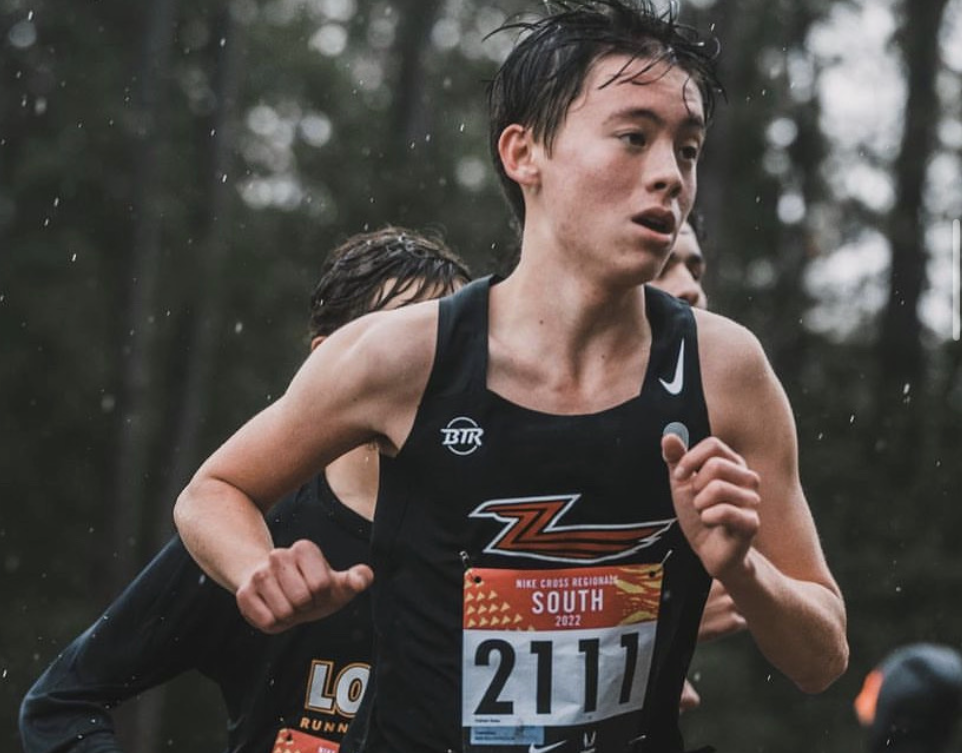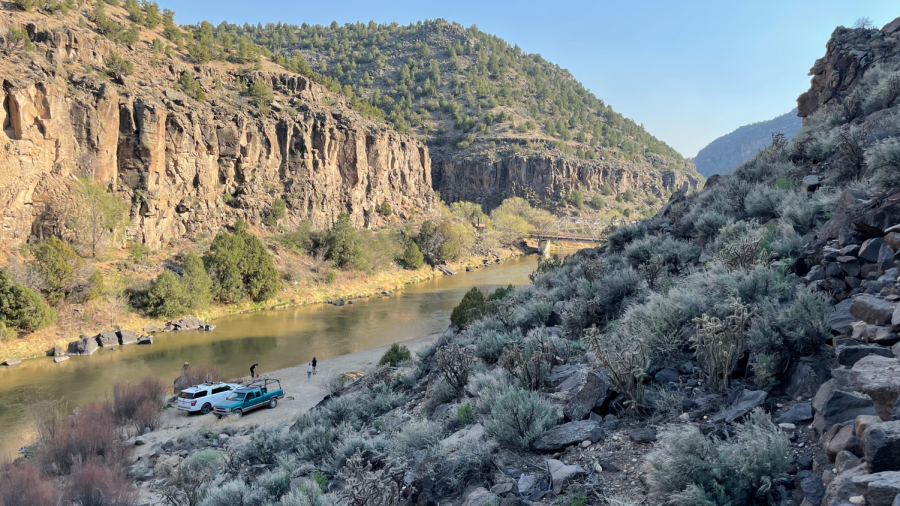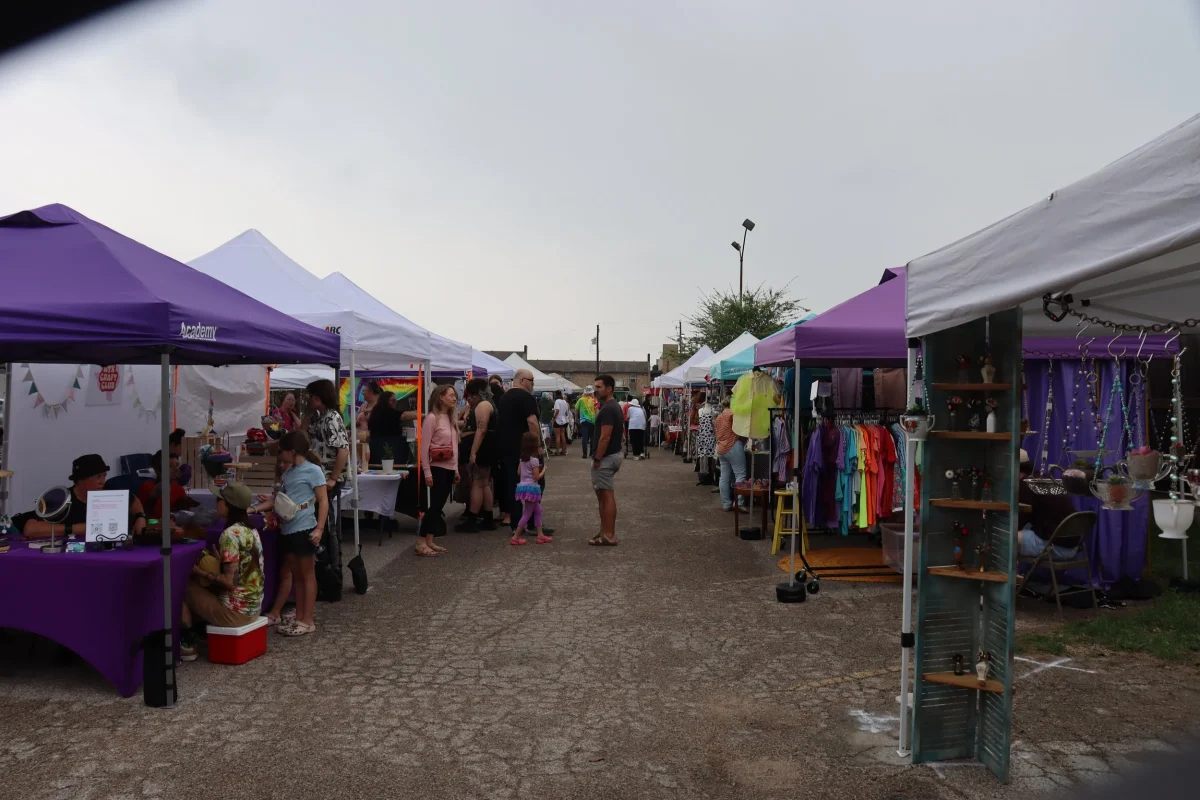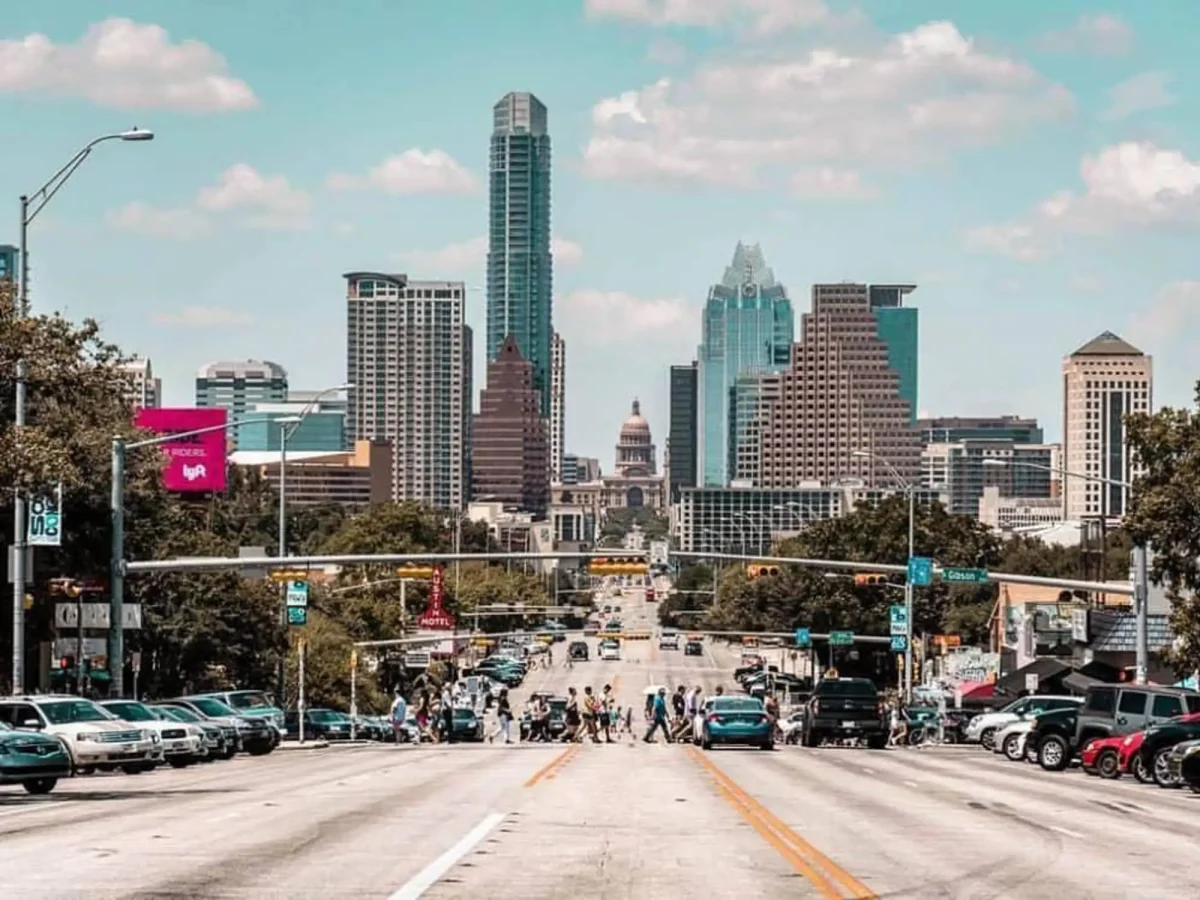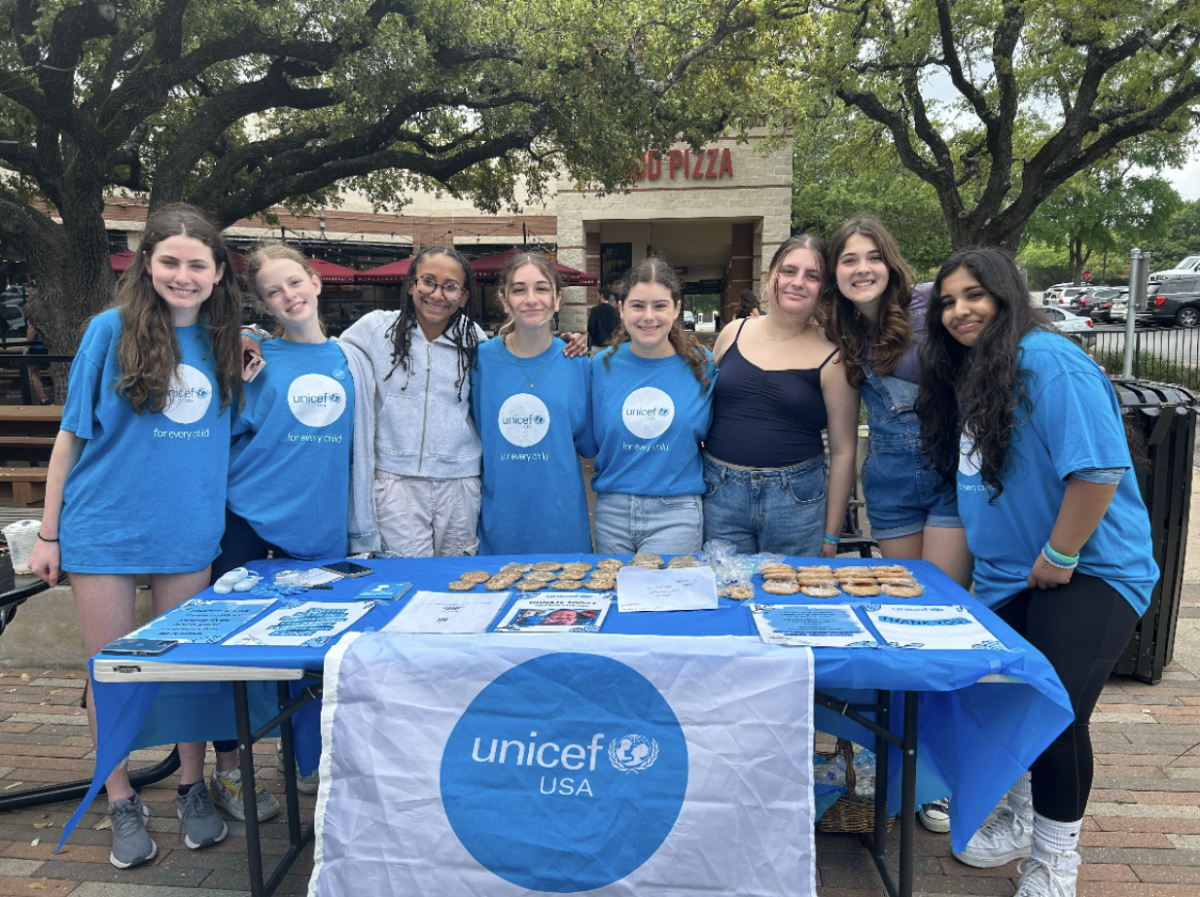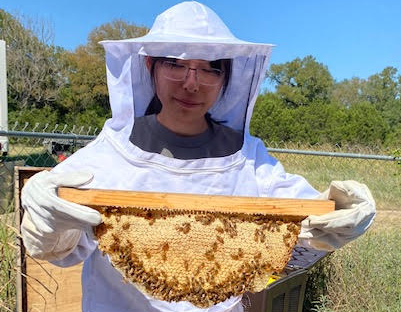Tales from Taos, New Mexico
A longstanding tradition for the rock climbing team makes a post-COVID return.
Late last April, the St. Stephen’s rock climbing team, a part of the Devil’s Canyon Adventure Program, traveled to Taos, New Mexico, for the first time since 2019, marking the return of a capstone experience that lets Spartans put their rock climbing skills into practice out in the real world. After all, we had been learning our proper climbing vocabulary1“Beta,” for example, refers to advice or directions on how to ascend a climb. Of course, betas can vary wildly between climbers and several can exist for a single climb. and perfecting our strict safety protocols2A fun fact about climbing at St. Stephen’s that Mr. Perry mentions often is that it is the safest fitness activity offered here, even including more innocuous sports like cross country. The truth behind this fact is that safety is taken very seriously on the climbing team, with participants having to pass several tests to prove their knowledge of climbing protocols and practices., and pushing ourselves mentally and physically with the hope that we would get to challenge ourselves in a way that no rock wall could simulate. With the effort of Mr. Perry, and life-during-COVID-19 travel logistics being on our side, our team secured the necessary administrative approvals for the trip and twenty round-trip plane tickets.
We took an early-morning flight to Albuquerque, where we then drove two hours to the small town of Taos. It is on this backcountry drive that you can hear Mr. Perry explain how the architecture of those funky shelters just off the road, which look like alien temples made of adobe and tires and cans, are in fact named “Earthships” and are extremely energy-efficient homes. Or, as we pull into the driveway of our lodging accommodation–the vacation home of Mr. Becker, directly related to former St. Stephen’s headmaster Alan Becker (as in Becker Library)–you can listen to Mr. Perry talk about the geodesic dome on a passing structure with Thievery Corporation playing through the SUV’s radio. Case in point: you might just win trivia night if you are paying attention to him during these long drives.
It is not every morning that you are awoken to The Clash’s “Rock the Casbah” playing loudly through the Becker home’s speaker system, serving as an English punk-rock spin on the reveille call. Daylight was already burning, and we had to get our climbing equipment packed away before we hit the road to finally climb the rocks of northern New Mexico. We were first brought to the John Dunn Bridge climbing area, a scenic valley overlooking the freezing Rio Grande, that features climbing routes of varying difficulties. The experience up there was serene, with sunny skies, low winds, and generally pleasant weather by New Mexican standards of temperature–all conditions perfect for the focus that safe climbing compels its participants. It was all the more important that we maintained this concentration while belaying (the act of managing a climber’s rope to prevent them from falling far) and climbing–the two actions linked together through a special language, built on phrases like “ON BELAY,” “CLIMB ON,” and “TAKE!” that signal the intentions of a belayer and their climber. Besides, these climbs were vastly different from the same configuration of plastic holds on the Clayton Gym rock wall that we had all experienced at one time or another, a stark contrast when compared to the entirely real rocks that we were climbing out by the bridge. We also explored climbing spots so secluded that they compelled us to hike for what felt like forever–of course, this feeling is amplified when you are carrying a quantifiably large amount of the team’s climbing gear–but ultimately paid off with proportionally awesome climbs and views of pristine wilderness that allow you to grasp why people get into climbing as a hobby.
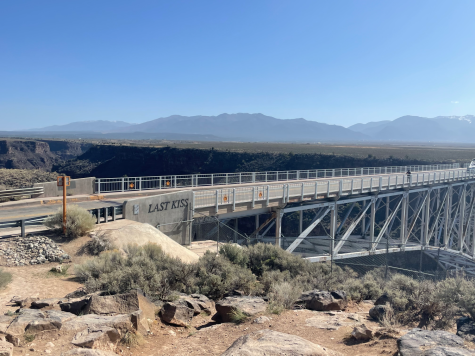
Traditions are also an integral part of the Taos trip. One such tradition involves visiting and walking across the Rio Grande Gorge Bridge3A slightly-disturbing anecdote about this bridge is that the words “LAST KISS” have been imprinted onto the side of the structure by a seemingly philosophical graffiti artist., a massive steel arch bridge overlooking the Rio Grande that is classified as one of the highest bridges in the United States. It is quite terrifying to walk across this bridge for a team photo op, suspended 600 feet over what appears to be just massive boulders from up high, as it shakes and sways while 16-wheelers fly across it. Another tradition that saw a comeback last April was the cookout, where underclassmen and upperclassmen students competed against each other to prepare and serve the best meals, which would be judged by the coaches. This trip saw a sophomoric spin on spaghetti with meatballs, while hot dogs and tacos were also attempted with mixed results. Ultimately, as the students had leeway on what foods to purchase, the grocery store receipt was no less than five feet long and surely included items from all major food groups.4Before we left New Mexico to return to Austin, we donated all of our leftover groceries to a local Episcopal Church, if you were wondering where the rest of it ended up. Even though a few seniors wanted to watch No Country for Old Men while they enjoyed their self-made dinner, this plan was foiled by the fact that no one had a working HBO Max account, so we settled on True Grit instead, whose setting felt somewhat New Mexican in nature.
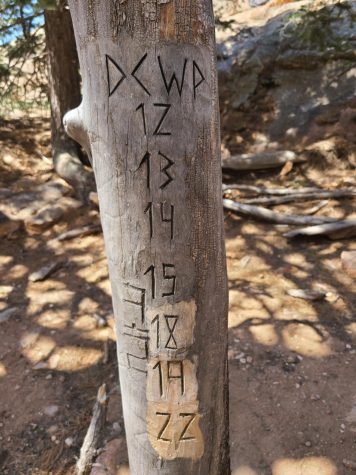
One of the more permanent traditions that the climbing team participates in is the marking of a single tree near Carson National Forest, with the tree’s bark inscriptions dating back to 2012, simply marked as “12.” It was ceremonious to see Mr. Perry marking up that tree directly beneath 2019’s marking, which was the last time the team could travel. The “22” he inscribed symbolized a slow but sure return to conventional living in the months and years beyond the COVID-19 pandemic…a promise that we would be out in Taos once more, barring any sort of future catastrophe, where the rocks and woods of New Mexico would be waiting for us yet again.
- 1“Beta,” for example, refers to advice or directions on how to ascend a climb. Of course, betas can vary wildly between climbers and several can exist for a single climb.
- 2A fun fact about climbing at St. Stephen’s that Mr. Perry mentions often is that it is the safest fitness activity offered here, even including more innocuous sports like cross country. The truth behind this fact is that safety is taken very seriously on the climbing team, with participants having to pass several tests to prove their knowledge of climbing protocols and practices.
- 3A slightly-disturbing anecdote about this bridge is that the words “LAST KISS” have been imprinted onto the side of the structure by a seemingly philosophical graffiti artist.
- 4Before we left New Mexico to return to Austin, we donated all of our leftover groceries to a local Episcopal Church, if you were wondering where the rest of it ended up.

